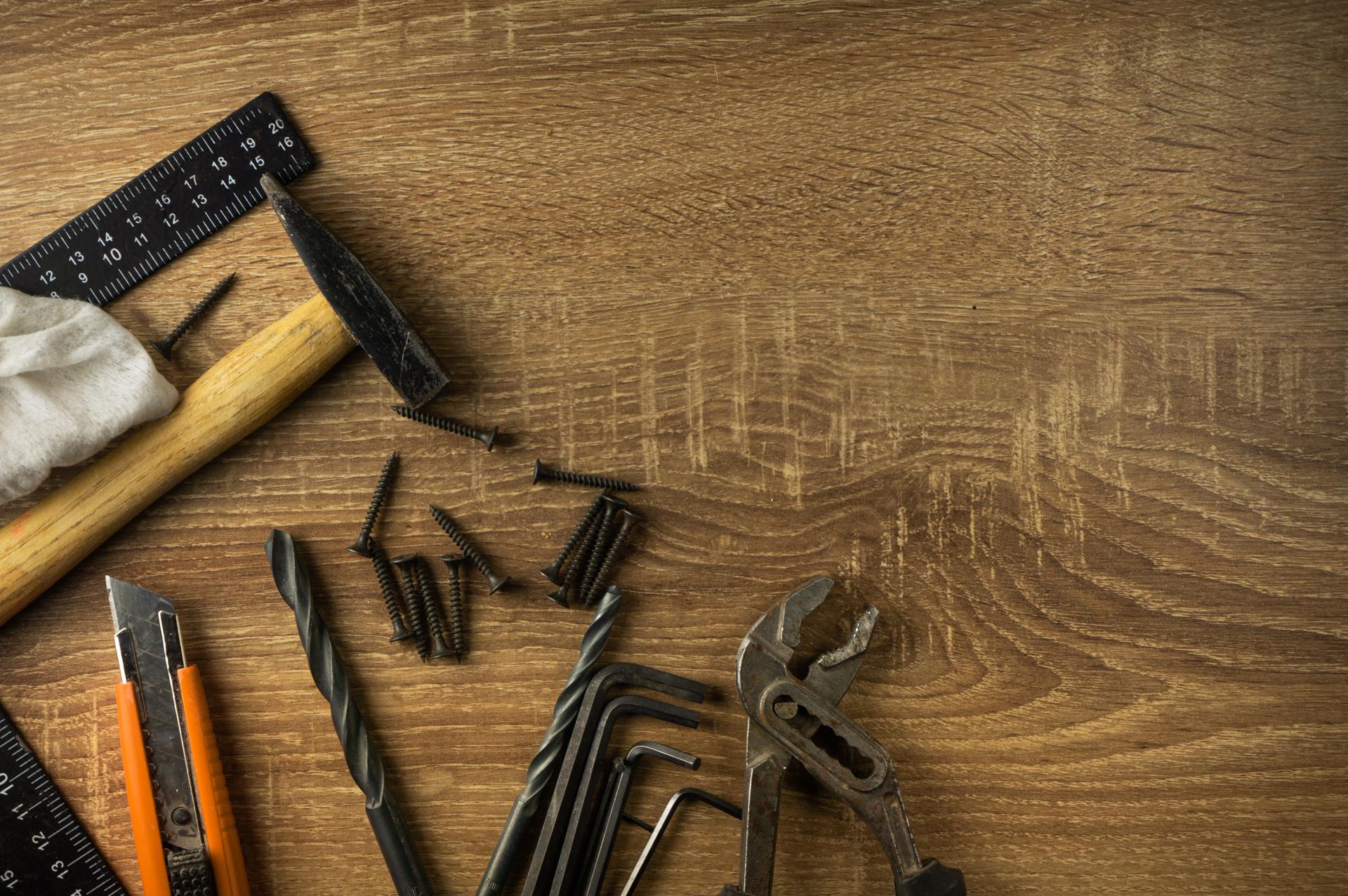A In-Depth Guide to Do-it-yourself Plumbing: Addressing Common Issues at Home

They are an essential part of every household. If they are not maintained properly they could become a source of many problems, leading to inconvenience and costly repairs.
But, there are many benefits to learning how to fix small plumbing problems yourself, such as saving money and learning useful knowledge. In this article, we will examine common plumbing issues and the DIY methods to fix them.
Common Plumbing Issues
Dripping Faucets
Dripping faucets are not only frustrating, but they also waste a significant quantity of water in time. The most typical cause of the faucet to drip is a worn washer, or an O-ring. To fix this issue switch off water to your faucet. Then, disassemble the handle, and replace the worn-out washer or O-ring.
Running Toilets
A running toilet is another common plumbing issue that could cause water to be wasted. The most frequent reason is a defective flapper valve that’s not sealing correctly, allowing water to leak from the tank to the bowl. To fix this issue switch off water to your toilet. Then, take off the lid of the tank, then adjust or replace your flapper valve.
Clogged Drains
Drains that are clogged can be caused by many things like soap, hair, and food particles. To resolve this issue, you can try using either a plunger or drain snake to get rid of the obstruction. Alternately, you could use a mixture of baking soda and vinegar to dissolve the clog.
Low Water Pressure
Low pressure water in the pipes is often caused by a number of factors such as mineral buildup in pipes or a malfunctioning pressure regulator. To remedy this problem, you can try cleaning the aerator or replacing the pressure regulator.
Tools Needed for DIY Plumbing
To carry out DIY plumbing, you’ll require a few tools, such as the plunger, an adjustable wrench pipe wrench Teflon tape and a screwdriver. Having these tools on hand will help you solve minor plumbing problems.
Safety Tips for DIY Plumbing
Security should be the top priority when performing any plumbing repair DIY. Some tips for safety to remember include shutting off the water supply before beginning any repair, wearing safety glasses and gloves, and keeping a first-aid kit nearby in case emergency situations.
DIY Plumbing Techniques
To resolve common plumbing issues for common plumbing issues, you’ll need to master some DIY plumbing tips, like how to shut off the water supply and how to fix a leaky faucet and how to fix an unresponsive toilet and how to clear the drain, and also ways to increase the pressure in your water. These tips can help you save time and money on minor plumbing repairs.
Conclusion
Learning how to fix minor plumbing issues yourself is beneficial in many ways. Not only can it save you money, but it could also give you an appreciation for your efforts and valuable abilities. For more serious plumbing issues, it’s always recommended to contact a professional plumber.
FAQ
Can I fix a plumbing problem myself?
Yes, you can fix minor plumbing issues yourself by learning some basic DIY plumbing techniques.
Are there any frequently encountered plumbing issues?
The most frequently encountered plumbing problems are leaky faucets, running toilets, blockages in drains, as well as low pressure water.
What tools do I require to do my own plumbing?
There are a few important tools, such as an adjustable wrench, a plunger, pipe wrench, Teflon tape, and the screwdriver.
Is DIY plumbing safe?
DIY plumbing can be safe if you follow the safety guidelines and take proper precautions.
When should I call for a licensed plumber?
You should contact a licensed plumber for plumbing problems of a serious nature that require specialist equipment and expertise.
